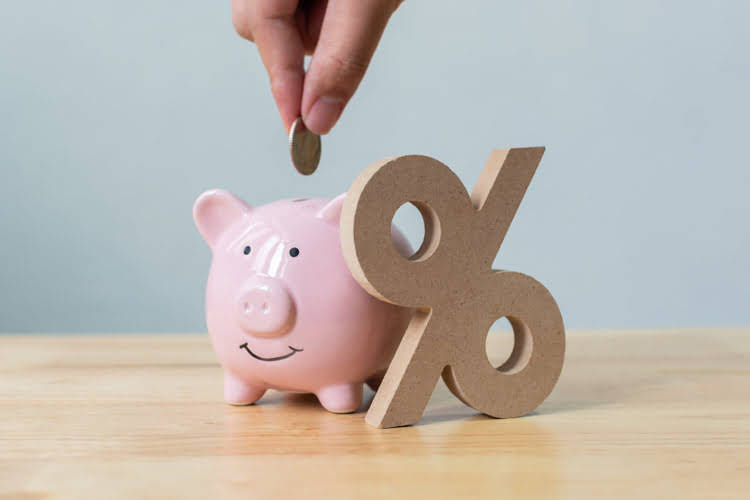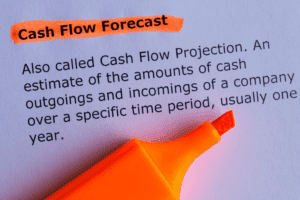
Second, when times are good, capital can be raised by issuing either stocks or bonds. However, when times are bad, suppliers of capital typically prefer a secured position, which, in turn, puts more emphasis on the use of debt capital. With this in mind, management tends to successful use of financial leverage requires a firm to structure the capital makeup of the company in a manner that will provide flexibility in raising future capital in an ever-changing market environment. While these benefits can be enticing, it’s essential not to overlook the potential pitfalls of using financial leverage.
The Relationship Between Financial Leverage and Return on Equity (ROE)
- Our website services, content, and products are for informational purposes only.
- In contrast to profit-focused CCFs (e.g., Kini et al., 2017; Maksimovic & Titman, 1991), CBCs with higher leverage are less likely to decrease the safety or quality of their products or services, even if that is a financially optimal strategy.
- Still, the chance at accelerated growth and increased returns might be worth it to you.
- ‘Financial leverage’ is one-way investors can use other people’s money to increase their returns.
- Therefore, this compensation may impact how, where and in what order products appear within listing categories, except where prohibited by law for our mortgage, home equity and other home lending products.
- However, if the ratio is too high, then the company might be missing opportunities to increase its earnings through financial leverage.
The industry standard for a company in good financial standing is a financial leverage ratio of less than 1. Companies with ratios above 1 are considered riskier to lenders and potential investors. You can use a variety of financial ratios to analyze your company’s performance and debt capacity. But the debt-to-equity ratio — or financial leverage ratio — is most commonly used to compare the amount of debt your company carries with the amount of equity on the books. Managing financial leverage in a volatile economy undoubtedly requires companies to implement effective risk management strategies. One critical strategy involves limiting short-term debts, a tactic which creates a buffer against sudden economic downturns.
Understanding the Impact of Financial Leverage on Investments
- Martin loves entrepreneurship and has helped dozens of entrepreneurs by validating the business idea, finding scalable customer acquisition channels, and building a data-driven organization.
- We estimate models with leverage, CBC, and the interaction between leverage and CBCs (leverage x CBC).
- When investors borrow money to invest, they will have to pay interest on that loan.
- Thus, CBCs are expected to act as “stewards” toward their customers, and customers of CBCs need to be less concerned that the safety or quality of products will decrease as leverage increases.
- Having discussed the principles of financial leverage, let’s delve into its relationship with Return on Equity (ROE).
- This step is crucial to the process because the market environment may curtail the ability of the company to issue debt securities or common stock at an attractive level or cost.
In accounting and finance, leverage is the use of a significant amount of debt to purchase an asset, operate a company, acquire another company, etc. Acquisitions, buyouts, one-time dividends and share buybacks (i.e., situations with specific objectives) are all ideal for using financial leverage. As an added bonus, the successful use of financial leverage may improve a firm’s credit rating. Martin loves entrepreneurship and has helped dozens of entrepreneurs by validating the business idea, finding scalable customer acquisition channels, and building a data-driven organization. During his time working in investment banking, tech startups, and industry-leading companies he gained extensive knowledge in using different software tools to optimize business processes. In the case of an asset-backed loan and where the value of the purchased asset increases by 50%, the following effects will follow.
Financial Leverage and Debt Ratio
The probability of financial distress also increases even with moderate leverage if a firm has highly volatile earnings. In general, a debt-to-equity ratio greater than one means a company has decided to take out more debt as opposed to finance through shareholders. Though this isn’t inherently bad, the company might have greater risk due to inflexible debt obligations. The company must be compared to similar companies in the same industry or through its historical financials to determine if it has a good leverage ratio. Financial leverage is the strategic endeavor of borrowing money to invest in assets. The goal is to have the return on those assets exceed the cost of borrowing the funds.
How is Financial Leverage Measured?

Thus, CBCs are expected to act as “stewards” toward their customers, and customers of CBCs need to be less concerned that the safety or quality of products will decrease as leverage https://www.bookstime.com/ increases. However, some CBCs may decrease that quality if it allows them to help more people. But, as we detail below, customers in CBCs may be more forgiving of such behavior.
The goal of financial leverage is to increase profitability without using additional personal capital. CBCs formally commit to social and environmental goals beyond financial goals. To verify if the matched CCFs do not hold any other sustainability certification or commitments such as, for instance, the Fair Trade Certification or Pledge1%, we manually checked their websites in March, 2022.

The Consequences of Financial Leverage: Certified B Corporations’ Advantages Compared to Common Commercial Firms
Too much short-term debt in comparison to long-term debt increases a company’s financial leverage and exposes them to high risk when the economy struggles, potentially leading to bankruptcy. If the cost of debt overshadows the ROE, it could lead to the firm’s financial distress and even bankruptcy. Market participants would then likely avoid buying such a company’s shares, leading to a drop in stock prices. Thus, prospective investors should closely monitor a company’s debt levels and its ability to service those debts.
Fixed Charge Coverage Ratio

While financial leverage can provide benefits by increasing the potential returns, it also comes with significant risks that cannot be overlooked. To put it simply, the higher the degree of financial leverage, the larger the possibility of bankruptcy. One of the most exciting aspects about using financial leverage is the possibility of achieving high returns. When an investor or company borrows funds to invest in opportunities that offer returns higher than the borrowed funds’ interest costs, significant profit can be garnered. There are several ways that individuals and companies can boost their equity base. For businesses, financial leverage involves borrowing money to fuel growth.
- Depending on the size of the company, businesses will sometimes take on hundreds of thousands of dollars of debt in order to leverage it and purchase assets.
- For example, suppose an investor wants to buy a property worth $500,000 but only has $100,000 in cash.
- In other words, “the RIR can indicate how much of a given effect size must be biased in order to overturn an otherwise statistically significant parameter estimate” (Busenbark et al., 2022, p. 44).
- The debt-to-equity (D/E) ratio is used to compare what the company has borrowed to what it has raised from private investors or shareholders.
- Out of the 136 CCFs in our sample, we found the website of 120 firms (for some firms we could not find the company website due to, for example, failure).
- For the interaction in Hypothesis 4, we find that 32.87% of the estimate would have to be due to bias to make our results insignificant.
